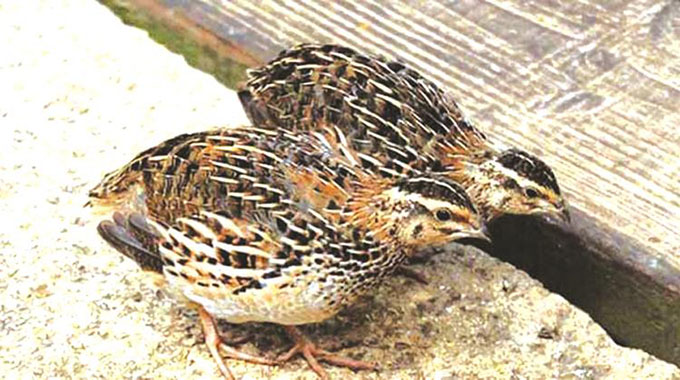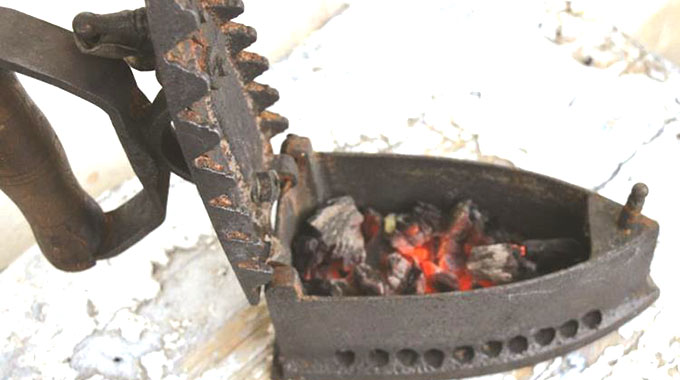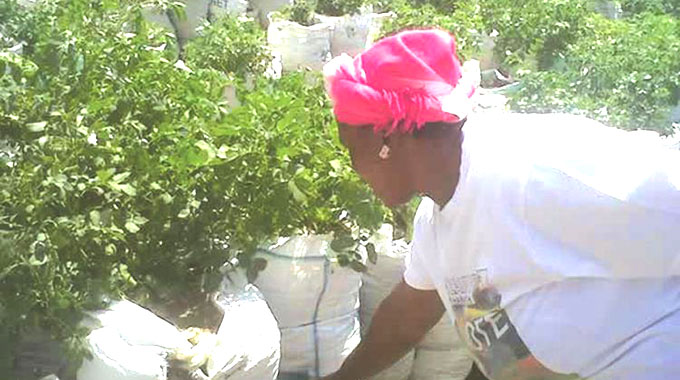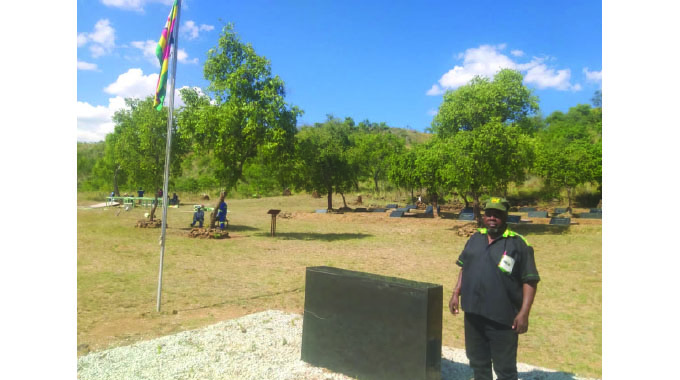Ponzi schemes: Misleading rumours of Ophir

Beaven Dhliwayo Features Writer
Looking back, many Zimbabweans can agree that at one point they swallowed hook, line and sinker many business schemes and money-making ideas that took the country by storm, creating a rush.
Some were duped into investing in Ponzi schemes after being promised a high rate of return for a short-term investment.
Interestingly, it took a long time for many to realise that they were chasing shadows.
Over the years, there has been a resurgence of fraudulent investment schemes and many people have lost their hard-earned savings.
Dates can easily be remembered by recalling what was the hustle of that time.
You definitely remember the days of ngoda (diamond rush), burning of money, BACCOSSI, zvihuta (quail birds), Jatropha, charcoal irons, mapotaoes emusaga (potatoes grown in a sack), and MMM pyramid scheme, among other crazes.
Ngoda
The rush for Ngoda started late 2006 and thousands of people from all over Zimbabwe invaded the Marange area in Manicaland.
Many left school to join the rush.
A few lucky people made money, but many suffered violence and, in extreme cases, got killed for revealing that they had found the precious gem.
Many never found what they were looking for yet they could have paid huge amounts for protection and assurance of being placed at the tunnels rich with ngoda.
Yet the tunnels were, as the arteries of the earth, blackened by the abuse of years.
Some were duped of their hard earned cash after criminal elements trading around the area and elsewhere sold fake diamonds. Many were also swindled of their gems if they were lucky to get something.
This moment of madness ended with military and police intervention.
Proper mining only started when some corporates moved into the area.
BACCOSSI
BACCOSSI – Basic Commodities Supply Side Intervention – was manipulated by street hustlers.
The programme was started by the then Reserve Bank of Zimbabwe (RBZ) governor, Dr Gideon Gono, in 2007 to help ordinary people access basic commodities.
One can recall that in 2008 airtime recharge cards and some other products were sold at giveaway prices.
The trick was people involved in the selling of goods at rock-bottom prices in the streets wanted to mop up the local cash so they could buy foreign currency.
Burning Money
The answer is they wanted to “burn” it, of course not literally.
The burning involved selling foreign currency to those individuals who had fat bank accounts and offered high rates and getting paid by way of bank transfers.
The streetwise made a killing by manipulating the high exchange rates.
Then came an interesting term, “high rate”.
Any dealer in town claimed to be one with the “high rate” of the day.
It kept going higher until it reached unsustainable levels as many people joined the rush.
Charcoal Irons
In 2011, the madness for charcoal irons caught Zimbabweans unawares.
Reports that the irons were fetching good prices in United States dollars on the international market spread like wildfire.
Many rushed for these irons in rural and urban areas, offering up to US$2 000 for one.
The frenzy spread on social media site Facebook, with buyers promising to pay a fortune on the spot.

Charcoal iron
The irons that were on demand were those marked “Made in Germany” or “Italy” and believed to be valued for their base.
Reports indicated that buyers tested genuineness of the charcoal iron with a razor blade which should be magnetically attracted to the base.
Almost every other person was looking for an iron.
Rural homes were ransacked and the elderly were tricked to let go of their charcoal irons.
The business looked lucrative but for many, it was fool’s gold. All of a sudden, none was buying the charcoal irons, yet many had stocked them.
This is what happened: conmen invented the demand of a certain type of iron, and became the primary buyers.
In a short space of time, an economy of charcoal irons was created.
A pyramid was created where one could sell to the next person they knew was buying at a higher price.
The hustlers, announced they were even buying at a higher price, claiming that the genuine irons were now scarce.
Schemers, then released irons they previously bought through the back door, and sold them at a lower price than the US$5 000 they bandied around.
None ever knew that they were buying the charcoal irons from the plotters.
The issue of the “razor blade test” was all but a plot to create scarcity in the market of the genuine iron, thus increasing their value. Many Zimbabweans were left with the useless irons and lost so much to the schemers.
Zvihuta
When the quail birds (zvihuta) craze hit Zimbabwe in 2016, it was associated with countless myths.
Some of the wild claims included that quail droppings were a cure for cancer, quail tears were good for the heart and, in extreme cases, quail eggs were touted as a cure for HIV and Aids. It was even said the meat was good for hypertensive and diabetic patients.
Whatever the marketing point, quails became the talk of town.
Demand soared.
Fowl runs were quickly erected and many households kept zvihuta.
The schemers, of course kept more since they had created demand.
In addition to farming the bird, the more enterprising producers started holding well-attended workshops nationwide, teaching others on how best to keep zvihuta.
But the venture crumbled, after a ministerial statement quizzed the authenticity of commercial quail production and raised the issue of some quail farmers’ allegedly misleading advertising.
Thousands who had joined the quail craze were left stuck with their stock, while others abandoned the business altogether. From a retail price of US$6 the quail price dropped to $US1
MMM
This type of Ponzi scheme did not only fool Zimbabweans, but people from all over the world.
The business model involves recruiting members via a promise of payments or services for enrolling others into the scheme, rather than supplying investments or sale of products.
Like all pyramids, the first people to join make some profits.
But as many joined the bandwagon, the scheme flops and many lost their hard-earned money to fraudsters.
Jatropha
A number of plantations were established in areas like Murehwa, Mudzi and Mutoko.
But farmers who were promised lucrative returns gave up because the market was not encouraging, yet they had invested in seed, labour and other inputs.
Companies dealing in the seed were paying an average of US10 cents and US15 cents a kilogramme.
The low prices virtually knocked out jatropha production as a business.
Sack potato farming
When the sack potato technology was introduced, almost every farmer was excited about it.
Barely a year on, most farmers were furious about the idea.
The technology was said to be capable of giving a farmer an excess of 15kg of potatoes from one bag.
Many made a killing by selling the supposedly “right planter bags”.
However, in a summersault, the local market started rejecting potatoes grown in sacks. The buyers cited numerous keeping and cooking quality concerns. It came as a heavy blow, to farmers who managed to harvest using the technology.

A woman tends to her crop of potatoes growing in sacks
This has become typical of Zimbabwe, and one wonders what is the next scam that will hit the streets.
More recently, detergent-making schools and castor bean-growing are taking centre stage.
People should remain alert as such is the nature of free markets.
Zimbabwean streets remain the truest form of free markets.







Comments